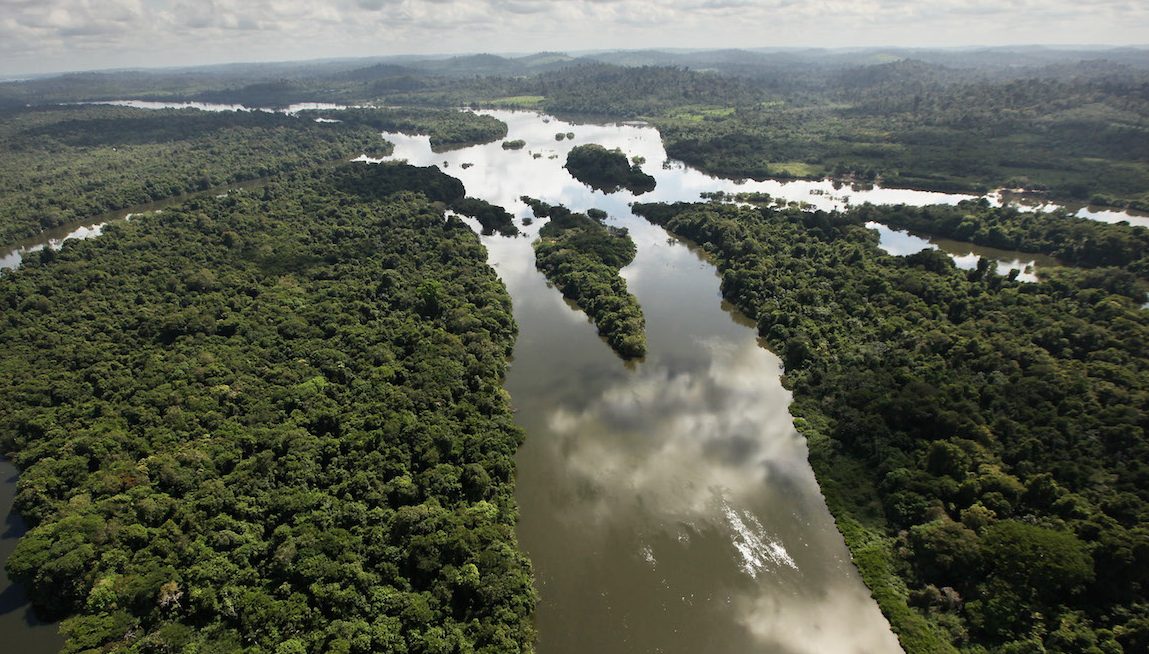
In 1492, Columbus arrived in the Americas, soon followed by many other Europeans who quickly changed two continents. One of the few areas believe to have been largely unaltered in the 500 years since then is the Amazon Rainforest, which makes the desire for environmentalists now to leave it untouched all the more intense.
Some recent scholarship, however, argues that far more of the Amazon had actually been settled before Columbus than previously believed. There are theories arguing that European diseases decimated native populations to an even greater degree than imagined. Some areas would have seemed as if they were never inhabited at all to Europeans when they reached them, so total was the depopulation.

Indeed, there is speculation there may have been eight million people in the Amazon Rainforest, who built communities and cultivated the land only to die and have it all become forest once more.
Charles C. Mann writes about much of this scholarship in The Atlantic. Below, he attempts to explain why this work has inspired both champions and critics, as well as the ways in which it could be seen by some as troubling and by others as inspiring:
“Indeed, Meggers’s recent Latin American Antiquity article charged that archaeologists who say the Amazon can support agriculture are effectively telling ‘developers [that they] are entitled to operate without restraint.’ Resuscitating the myth of El Dorado, in her view, ‘makes us accomplices in the accelerating pace of environmental degradation.’ Doubtless there is something to this—although, as some of her critics responded in the same issue of the journal, it is difficult to imagine greedy plutocrats ‘perusing the pages of Latin American Antiquity before deciding to rev up the chain saws.’ But the new picture doesn’t automatically legitimize paving the forest. Instead it suggests that for a long time big chunks of Amazonia were used nondestructively by clever people who knew tricks we have yet to learn.”
To the full article, click here. Below, watch a short National Geographic video on villages in the Amazon.
This article appeared in an InsideHook newsletter. Sign up for free to get more on travel, wellness, style, drinking, and culture.

























